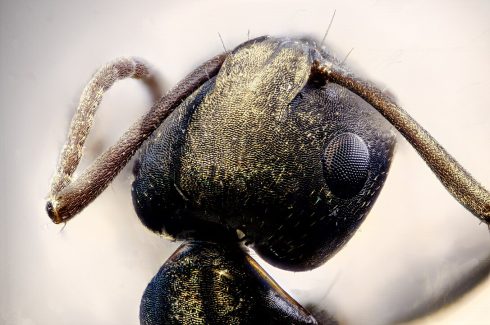Scientists have discovered that neanderthals were trampling around southern Spain 200,000 years earlier than previously thought, thanks to a researcher and scientist from the University of Seville.
The incredible discovery, which upends years of conventionally-held scientific belief, was made by GRS Radioisotopes technician Jorge Rivera and the team at the Centre for Research, Technology and Innovation laboratories at the University of Seville (CITIUS) and at CENIEH.
Applying optically-stimulated luminescence techniques to human-like footprints found at Matalascañas in June 2020, they found that pre-Neanderthals would have lived in the Doñana area during the Middle Pleistocene, around 295,800 years ago.

This method is used to find the absolute age of sediments that have been completely exposed to sunlight.
The discovery of the Matalascañas footprints, which they believed to be 106,000 years old, sparked a revolution in the scientific world and was considered one of the most important discoveries of the year.
But now, in this paper published in Scientific Reports, the CITIUS team have shown that they are almost three times older.
This means that the footprints may not even belong to a neanderthal, but in fact to an antecedent of our shorter, stronger cousins.
READ MORE:











